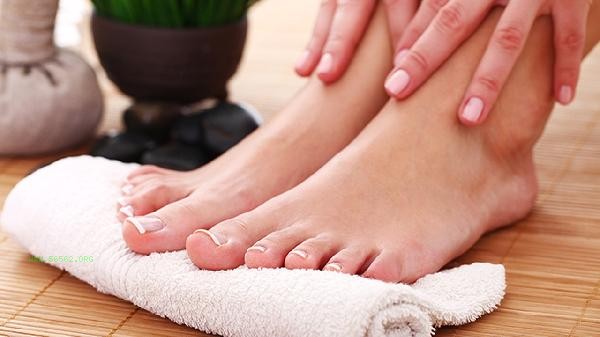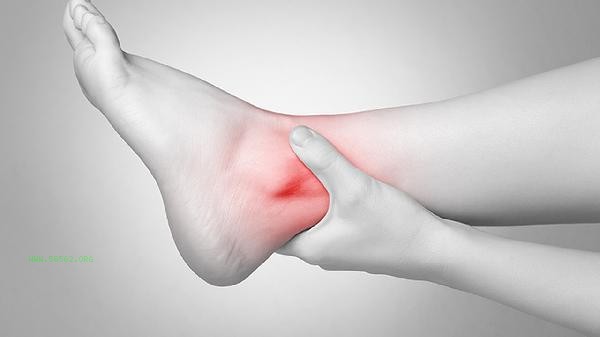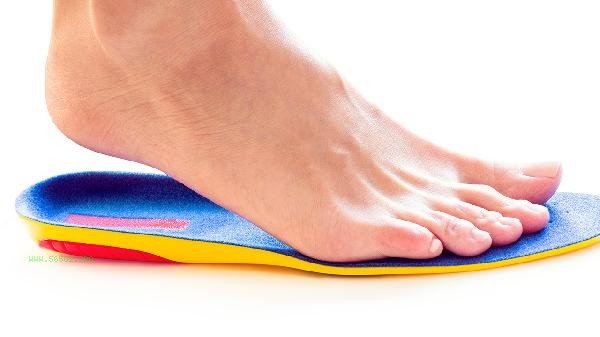Muscle cramps in the feet are usually caused by muscle fatigue, electrolyte imbalance, poor blood circulation, nerve compression, medication side effects, etc. They can be relieved through stretching and relaxation, electrolyte supplementation, improving circulation, adjusting medication, physical therapy, and other methods.

1. Muscle Fatigue
Long term standing, walking, or excessive exercise may lead to muscle fatigue in the feet, causing cramps. If muscles continue to contract without sufficient relaxation, local lactate accumulation can stimulate nerve endings to produce pain signals. It is recommended to warm up and stretch thoroughly before and after exercise to avoid sudden increases in exercise intensity. Pay attention to keeping your feet warm during nighttime sleep to avoid getting cold and causing spasms.
2. Electrolyte imbalance
Insufficient minerals such as calcium, magnesium, and potassium in the body can affect normal muscle contraction function. Excessive sweating, diarrhea, or imbalanced diet can all lead to electrolyte loss. Daily consumption of mineral rich foods such as bananas, dark green vegetables, nuts, etc. can be moderate. For recurrent cramps, electrolyte levels can be measured under the guidance of a doctor.
3. Poor blood circulation
When lower limb venous return is obstructed or arterial blood supply is insufficient, muscle tissue hypoxia can easily cause spasms. People who sit for long periods of time, pregnant women, or those with varicose veins are more likely to experience it. It is recommended to exercise the lower limbs every hour and elevate the legs during sleep. Individuals with vascular lesions should seek medical attention promptly to rule out serious conditions such as deep vein thrombosis.

4. Neural compression
Lumbar disc herniation or spinal stenosis may compress the nerve roots that innervate the lower limbs, leading to abnormal muscle contractions. This type of cramp is often accompanied by lower back and leg pain and numbness. Diagnosis needs to be confirmed through lumbar MRI, and treatment includes traction, nutritional nerve drugs, etc. In daily life, one should avoid sitting for long periods of time and carrying weight on the waist, and choose a hard bed for rest.
5. Drug side effects
Diuretics, antihypertensive drugs, etc. may interfere with electrolyte metabolism, and statins may cause muscle damage. If the cramp symptoms are related to the duration of medication, the occurrence should be recorded and the doctor should be consulted to adjust the plan. Do not stop taking the medication on your own. In some cases, it is necessary to supplement with nutrients such as coenzyme Q10 to alleviate adverse reactions.

To prevent foot cramps, it is necessary to maintain regular exercise habits and stretch the feet before and after exercise. It is recommended to do exercises such as toe hooking in a sitting position and leg stretching while standing against a wall. Pay attention to consuming sufficient high-quality protein and minerals in daily diet, and drink no less than 1500 milliliters of water per day. Middle aged and elderly people can soak their feet in warm water before going to bed to promote blood circulation. If there are more than three episodes per week or accompanied by symptoms such as swelling and muscle weakness, it is recommended to seek medical attention as soon as possible to screen for potential diseases such as thyroid dysfunction and peripheral neuropathy. During an acute attack, one can immediately straighten their toes with their hands or stand up and use the affected limb to bear weight to interrupt spasms.








Comments (0)
Leave a Comment
No comments yet
Be the first to share your thoughts!